Out here, one mistake can cost you dearly. The wrong plant, and suddenly you’re dealing with burning pain, blistered skin, or a poison that works its way in before you even know what’s happening.
In a survival situation, it’s not just uncomfortable — it can be the difference between making it home or not. The last thing you need is a medical emergency caused by a plant you didn’t recognize.
That’s why you need to know these 10 plants you should never touch. Not with your hands, not with gloves, not at all. Misjudge one, and you may not get a second chance.
Poison Hemlock (Conium maculatum)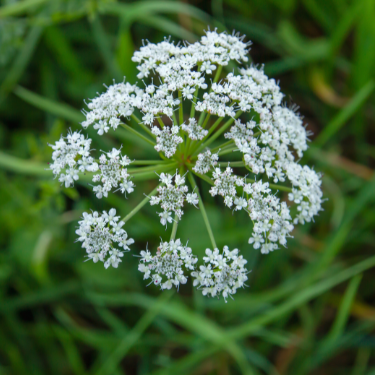
This ain’t your grandma’s fern. Poison Hemlock looks deceptively delicate with lacy leaves and clusters of tiny white flowers, but those purple-flecked stems scream danger.
Break a stalk, and you’ll smell a foul, mousy odor—your first red flag. Every part of this plant oozes neurotoxins absorbed straight through your skin. Touch it, and you risk dizziness, paralysis, or worse.
Where you’ll find it: You’ll spot Poison Hemlock all across the U.S., especially in the Midwest, Pacific Northwest, and along the East Coast. It thrives in moist, disturbed areas, like roadside ditches, creek banks, field edges, pastures, and neglected lots. After heavy rains or mild winters, it tends to explode in numbers. In some places, it’s even crept into suburban backyards and parks.
Giant Hogweed (Heracleum mantegazzianum)
Spot this monster and walk the other way. I’m not exaggerating. Giant Hogweed towers up to 15 feet tall with umbrella-sized white flower clusters that look almost queenly.
Brush against it, and UV light activates the poison. Within hours, you’ll have third-degree burns, oozing blisters, and permanent purple scars. Get sap near your eyes? It can blind you.
Where it lurks: You’ll find Giant Hogweed mostly in the Northeast—states like New York, Pennsylvania, and Ohio—and parts of the Pacific Northwest, especially Washington and Oregon. It favors damp, disturbed spots: stream banks, drainage ditches, overgrown fields, and forest edges. Sometimes it sneaks into suburban areas, hiding among wildflowers or posing as cow parsnip. One wrong ID, and you’re in for a world of hurt.
Wild Parsnip (Pastinaca sativa)
This plant turns sunshine into a weapon. Wild Parsnip looks deceptively harmless with its sunny yellow flower clusters and celery-like grooves running down each stem.
When UV light hits that sap it triggers a chemical burn called phytophotodermatitis. Within 24 hours you’ll see angry red streaks that darken into purple scars lasting months or years.
Where to find it: Wild Parsnip is spreading fast across the Great Lakes region, the Northeast, and into parts of the Midwest. You’ll see it lining highways, taking over abandoned fields, and creeping into overgrown pastures. It loves disturbed soil, full sun, and pretty much any neglected open space where the competition is low.
➡️ The Wild Plant That People Fought Over During The Great Depression
Water Hemlock (Cicuta spp.)
The most toxic plant in North America hides in plain sight. Water Hemlock resembles harmless wild carrot or Queen Anne’s Lace, but one mistake here can be fatal.
Its roots contain cicutoxin, which violently attacks your central nervous system. Even a small amount can trigger seizures, vomiting, respiratory failure, and death in under an hour.
Where it hides: Wet meadows, marshes, riverbanks, and ponds across most of the U.S. and Canada, especially California, Oregon, and parts of Washington. You’ll find it in coastal scrub, dry slopes, forest edges, and canyons. Homesteaders sometimes pull up the tuber thinking it’s an edible parsnip — a deadly mistake.
Poison Oak (Toxicodendron diversilobum)
Poison Oak doesn’t play fair on the West Coast. Forget “leaves of three”—this shapeshifter grows as ground cover, shrubs, or climbing vines with oak-like leaflets grouped in threes.
Spring brings red-tinged leaves; summer turns them waxy green. Crush any part and it releases airborne urushiol resin. Skin contact guarantees blistering rashes, but inhaling particles while clearing brush?
That’s ER territory with lung inflammation. I’ve seen seasoned California homesteaders bedridden for weeks after underestimating it.
Hotspots: Poison Oak grows along the West Coast of the U.S. and Canada.
Cow Parsnip (Heracleum maximum)
Meet Giant Hogweed’s deceptively milder cousin—still not worth the risk. Cow Parsnip stands tall in meadows and stream banks across northern states and Canada, flaunting broad celery-like stalks topped by lacy white flower clusters.
Touch those hollow stems though and they weep sap loaded with furanocoumarins. Skin contact plus sunlight equals blistering burns within 48 hours. Unlike Hogweed it rarely blinds, but I’ve seen homesteaders scarred from wrist to elbow after hauling it barehanded.
You’ll find it colonizing damp fields, roadside ditches, and forest clearings from Oregon to Maine. Morning dew on leaves can even transfer toxins.
Manchineel (Hippomane mancinella)
If you live near Florida’s coast or the Caribbean, beware the infamous Manchineel—often dubbed the “tree of death” for good reason. This deceptively beautiful tree flaunts glossy, inviting leaves and small green apples that smell surprisingly sweet. But don’t be fooled—every part of this tree is a walking hazard.
Its milky sap contains phorbol, a toxin so corrosive it can burn your skin like acid rain. Just standing under its branches during a rainstorm can cause painful blistering as toxic runoff drips down on you. And if you think the fruit is harmless, think again—a homesteader near Miami learned the hard way after mistaking its apples for crabapples, spending a harrowing week hospitalized.
This tree doesn’t just demand respect; it demands caution. One wrong move, and the “tree of death” lives up to its name.
Hotspots: Sandy shorelines and mangrove edges in the Florida Keys.
➡️ The Killer Tree You Should Cut Down From Your Property
Poison Ivy (Toxicodendron radicans)
“Leaves of three, let it be” isn’t folklore—it’s a homesteader’s mantra. Poison Ivy slinks through fence lines, woodpiles, and garden edges, flaunting clusters of three pointed leaves. Spot red-tinged newcomers in spring or glossy green veterans with pale berries by summer.
Snap a stem and oily sap beads up. That’s urushiol, a nightmare resin that bonds to skin in minutes. Most people react violently — itching, swelling, and blistering that can last for weeks. In some severe cases, the rash can spread across large areas of the body or even cause serious infections if scratched too much. And once the oil’s on your skin, clothes, or gear, it can keep spreading unless properly cleaned.
Poison Sumac (Toxicodendron vernix)
Forget poison ivy—this swamp demon packs triple the urushiol toxin. Poison Sumac hides in peat bogs and flooded woodlands along the Eastern Seaboard, masquerading as a harmless shrub.
Spot it by its sleek red stems and 7–13 smooth-edged leaflets per stem. Break a branch, and the sap blisters skin within hours.
Worse? Burning it releases airborne toxins that scorch lungs. A New Jersey homesteader inhaled smoke while clearing wetland brush and landed on a ventilator.
Where it grows: Soggy ground is its fortress—think coastal marshes from Maine to Florida and Great Lakes swamps. Dry soil? Rarely.
Spurge Nettle (Cnidoscolus stimulosus)
Southeast homesteaders: This ground-level assassin ruins barefoot summers. Spurge Nettle sprouts in sandy soils from Texas to the Carolinas, flaunting deceptively pretty white flowers and heart-shaped leaves.
Touch it, and venom-tipped spines spear your skin like fiberglass shards. Agony hits instantly—think scalding water mixed with electric shocks. One Florida farmer couldn’t grip tools for days after stepping on a patch.
Hotspots: Pine barrens, abandoned fields, and coastal dunes.
The “Dangerous” Weeds That Are Actually Good For You
Sometimes, a plant that stings like fire can actually heal you — if you know what you’re doing.
Stinging Nettle (Urtica dioica)
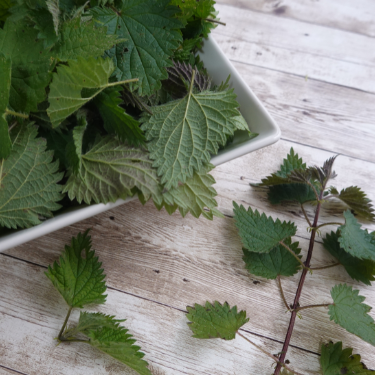
Stinging Nettle grows waist-high in moist soil nationwide, flaunting serrated edges and tiny hollow needles covering every leaf and stem.
Though the fresh plant can be painful—and even dangerous if handled carelessly—Nettles are also packed with iron, silica, vitamins A, C, K… basically everything your body is begging for in times of stress or imbalance. They’re also one of the few natural ways to clean out your lymphatic system and stop toxic build-up before it becomes a real problem.
Can Getting Stung by Nettles Actually Help with Pain?
Back in the day, folks didn’t run to the pharmacy for arthritis. They went outside, grabbed a bundle of nettles, and smacked the pain right out of their joints. They called it urtication — a strange practice where the sting itself brought relief. It wasn’t pretty, but it worked. Now, I’ll be honest with you…
I tried this once.
Once.
Never again. My skin burned, my pain stayed, and I ended up needing gloves just to milk the goats the next day. Eventually, I stumbled on something better: a handcrafted herbal salve built around anti-inflammatory herbs, without the sting. I can rub it straight into sore joints after a long day of hauling buckets or planting beds. No mess. No pain. Just relief. If you live off the land like I do, this is the kind of thing you want in your medicine cabinet.
 Here’s the salve I trust -> Joint & Movement Salve
Here’s the salve I trust -> Joint & Movement Salve
And since I hate picking nettles, but they do wonders to my body, I also take this clean, concentrated Stinging Nettle Tincture to get all the benefits—without the pain.
Want the best of both worlds? Grab the limited edition bundle with the trusted Joint & Movement Salve and the potent Stinging Nettle Tincture, plus three more powerful herbal formulas: and you’ll have everything you need for relief inside and out.
👉 Don’t miss out—this offer won’t last long.
I wish I had all of these years ago. Full support for joints, inflammation, digestion, immune health, and energy — all done right, without shortcuts or questionable ingredients. Because the longer you wait, the longer your body keeps suffering.
Immediate Actions If You Touch a Toxic Weed
Seconds count when you brush against these plants.
First: don’t panic, but move fast.
Flood exposed skin with cold running water immediately. Cold constricts pores, slowing toxin absorption.
Use dish soap (Dawn cuts oils best) and scrub under nails where resins hide. Hot water? Disaster—it opens pores like a gate.
If sap gets in your eyes, irrigate them for 15 minutes straight while someone calls poison control (1-800-222-1222).
Blurred vision or burning means ER now. For rashes, slather cortisone cream thickly and wrap loosely with gauze.
Never pop blisters—you’re inviting infection. When swelling spreads or breathing tightens, skip home remedies. Head to urgent care; steroids stop systemic reactions.
Contaminated clothes are Trojan horses. Strip down outside. Bag gear in plastic until you can wash it separately in hot water with detergent.
Boots and tools?
Scrub with rubbing alcohol. One homesteader’s dog carried urushiol on its fur—his whole family broke out. Bathe pets in dawn soap if they roam infested zones.
That’s why The Forgotten Home Apothecary is so important. Inside, you’ll find the knowledge they don’t want you to have—powerful plant remedies you can still make today. Once this book is in your hands, no one can take it away. It’s your key to self-reliance, healing, and freedom from a system that benefits from keeping you sick.
Once you have this knowledge, you won’t have to panic or rely on a pharmacy that doesn’t understand the wild side of healing.
Get it now —before they find a way to bury this knowledge for good.
I left my personal discount link I found online for you. It’s got a 78% OFF discount and it comes with 3 FREE gifts. This physical book covers hundreds of powerful remedies like:
- The Plant You Should Smoke to Get Rid of Parasites
- The Antiparasitic Drano
- The Backyard Antibiotic
- DIY Painkilling Weed Milk
- The Mucus Buster
- Herbal Sleeping Capsules
- Natural Brain Booster
- Detoxifying Black Milk
- The Mushroom Bomb That Can Starve Tumors
- Hot Pepper Salve for Joint Pain
- The Memory Elixir
- Liquid Xanax
And so many others. The top herbalist who wrote them has even opened her personal medicine video collection for you so you can check out how she prepares some of these remedies.
Safe Removal
Killing these plants demands strategy, not brute force.
Gear up pre-dawn wearing nitrile gloves under canvas sleeves, duct-taped to rubber boots. Add goggles and a respirator if dealing with airborne threats like poison sumac.
Dig, don’t cut. Use a sharp spade to sever taproots 6+ inches deep. Giant hogweed and hemlock regrow from fragments. For vines like poison ivy, trace roots to their source—they snake underground for yards.
Bag every scrap in contractor-grade plastic, label it “TOXIC,” and landfill it. Burning? Suicide. Smoke carries poison hemlock’s neurotoxins and sumac’s urushiol.
Organic control works but tests patience. Pour boiling vinegar on young nettles or spurge nettle. For established roots, drill holes into stems and inject 20% salt solution.
Reapply after rain. Goats devour poison ivy safely—their stomachs neutralize urushiol—but keep them far from hemlock or hogweed. Those kill livestock in hours.
Pay Close Attention
Recognizing these ten deadly weeds transforms you from victim to enforcer. Bookmark this guide. Print photos for your barn wall. Share it with every soul who steps foot on your property. Stay sharp out there.
The Most Dangerous Berry in the US (You Might Have It In Your Backyard)
The SHTF Medicinal Garden You Should Have in Your Backyard (Video)

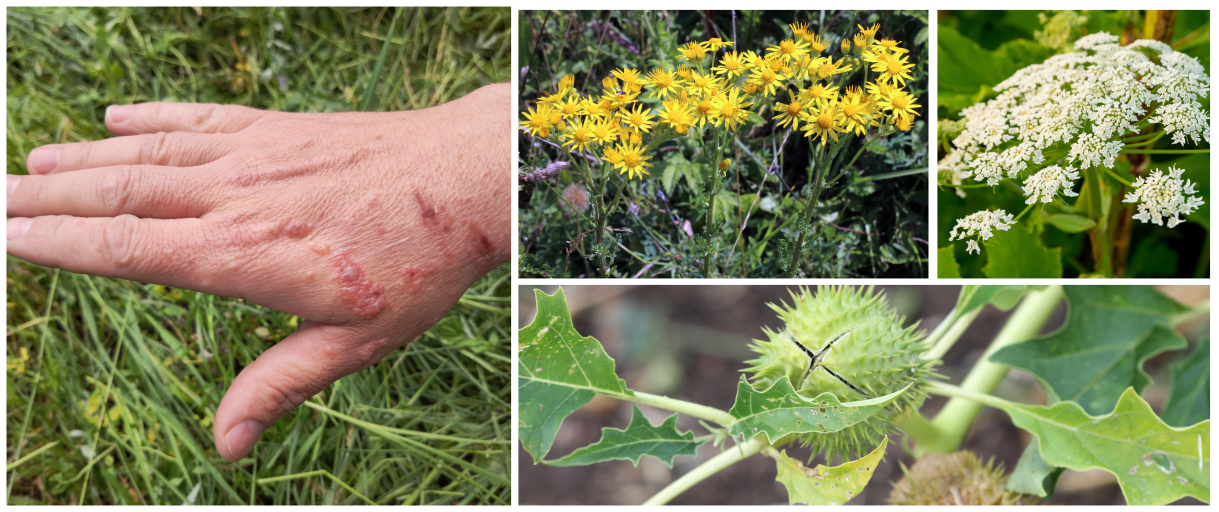
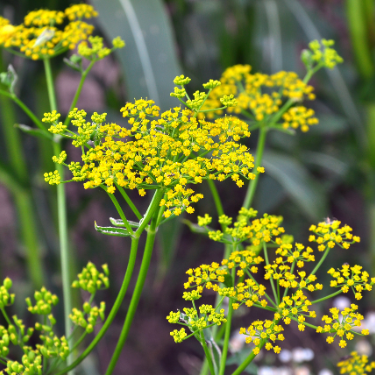
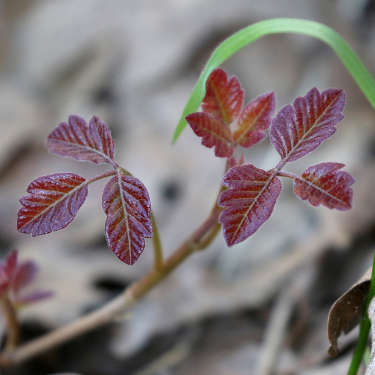
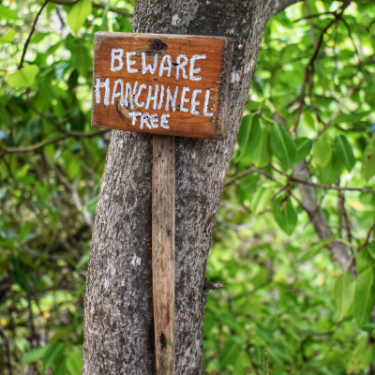

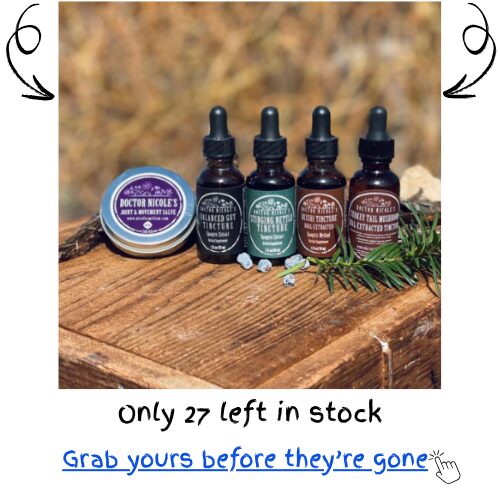
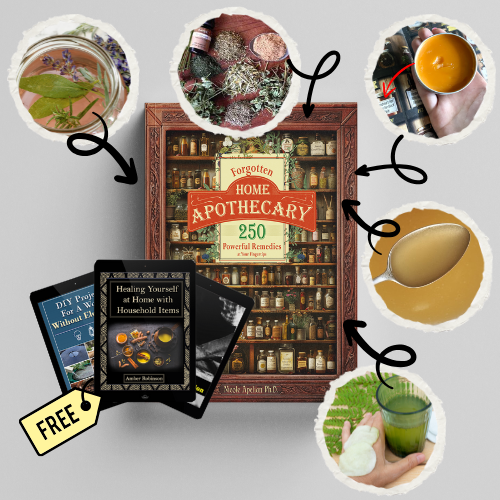
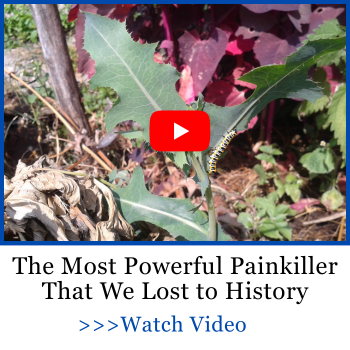

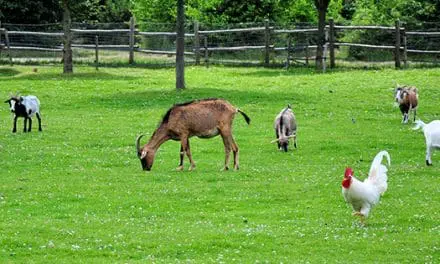
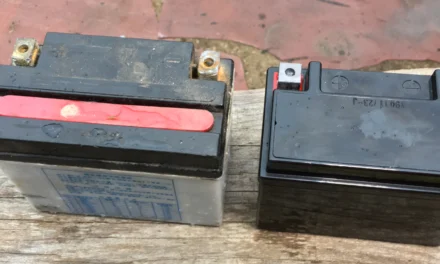
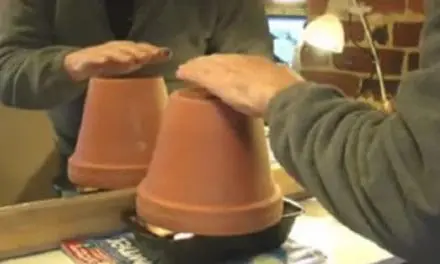
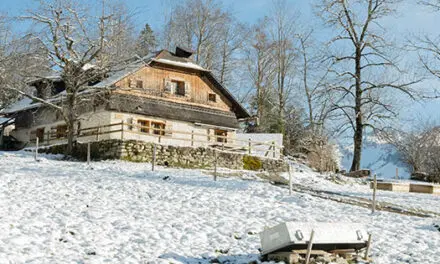

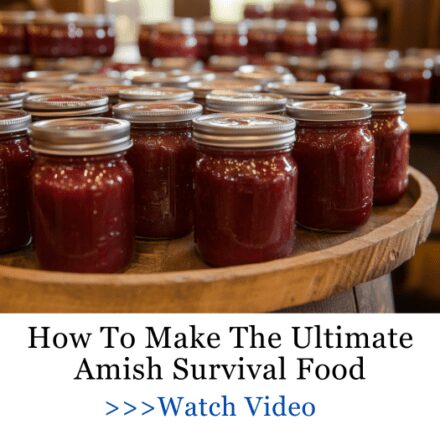


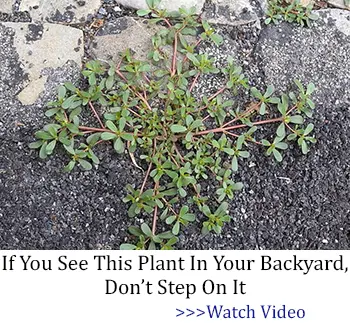
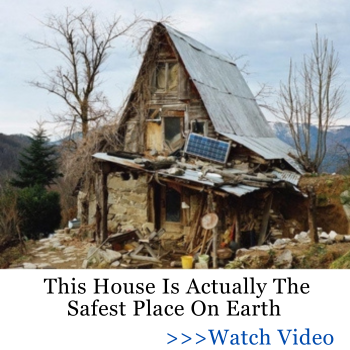

Good one, important to keep an eye on these when out in the wild, thank u Michael
You can’t identify very easily what you can’t see. Did you not notice that there are very few pictures? The info is useful, as far as it goes, but it’s not enough!! Why aren’t there State or National programs to eradicate these plants? Or do some of them have poorly known useful uses? More questions than answers!
Yes, I agree completely! This article is useless without photos to identify the culprits!!